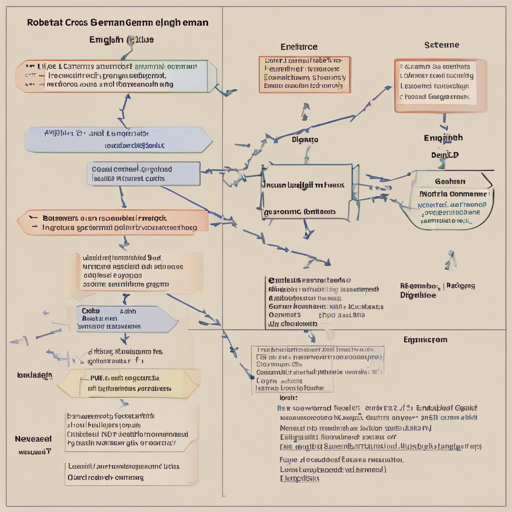Welcome to the world of natural language processing! In this article, we will explore how to compute sentence embeddings for English and German texts using the advanced Cross English-German RoBERTa model. This powerful tool is beneficial for measuring semantic similarity, semantic search, and paraphrase mining across multiple languages.
What Are Sentence Embeddings?
Sentence embeddings are numerical representations of sentences that capture their semantic meaning. In our case, the Cross English-German RoBERTa model allows us to generate embeddings for sentences in both English and German, enabling cross-linguistic comparisons.
Why Use This Model?
The special feature of this model is its ability to produce semantic vector representations across languages, which means you can input a search query in one language and retrieve relevant results in both English and German. It’s like having a bilingual dictionary that not only translates words but understands the context and meaning behind sentences!
Installation Steps
To get started, you need to install the sentence-transformers package. Here’s how you can do this:
- Open your terminal or command prompt.
- Run the following command:
pip install sentence-transformersUsing the Model
After installing the necessary package, use the following Python code to load the Cross English-German RoBERTa model:
from sentence_transformers import SentenceTransformer
model = SentenceTransformer('T-Systems-onsite/cross-en-de-roberta-sentence-transformer')This command imports the SentenceTransformer class from the sentence_transformers library and initializes it with our model. Now, you can begin creating embeddings!
Understanding Complexity: The Analogy
Think of each sentence in a language as a unique recipe made from various ingredients—each ingredient being a word or phrase. The embedding process works like a master chef, transforming these raw ingredients into a signature dish (the vector representation) that captures the essence of each recipe. Just like a chef can use similar cooking techniques across different cuisines, our model harmonizes the linguistic features of English and German, making it easy to find corresponding dishes (sentences) across languages.
Evaluation Metrics
We evaluate our model using Spearman’s rank correlation, which measures the degree to which the similarities of our sentence embeddings match with existing semantic similarity benchmarks. We primarily focus on the following metrics:
- Spearman’s rank correlation for German
- Spearman’s rank correlation for English
- Cross-linguistic performance (i.e., how well does it do at comparing translated sentences)
Troubleshooting
If you encounter any issues while using the Cross English-German RoBERTa model, here are some troubleshooting tips to help you out:
- Ensure that you have installed the dependencies correctly.
- Check your Python version; the model works best with Python 3.x.
- If the model isn’t loading, verify its availability and version by checking the sentence-transformers repository.
- For more insights, updates, or to collaborate on AI development projects, stay connected with fxis.ai.
Conclusion
The Cross English-German RoBERTa model is a remarkable tool for anyone interested in multilingual textual analysis. Whether for semantic search or extracting paraphrases, it will significantly enhance your capabilities in processing natural language across English and German.
At fxis.ai, we believe that such advancements are crucial for the future of AI, as they enable more comprehensive and effective solutions. Our team is continually exploring new methodologies to push the envelope in artificial intelligence, ensuring that our clients benefit from the latest technological innovations.

